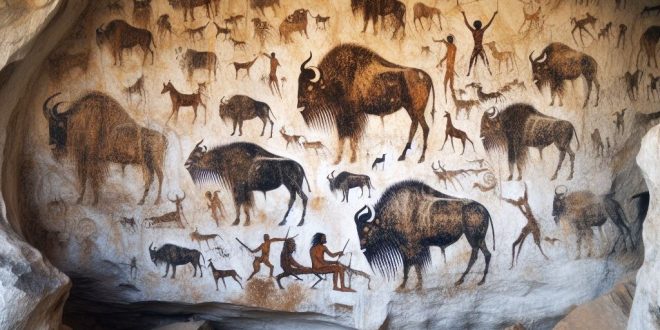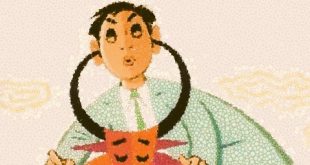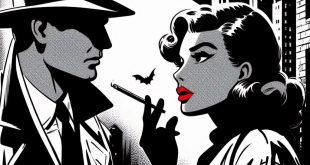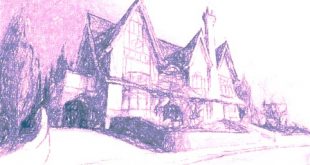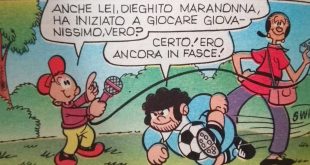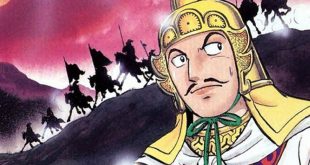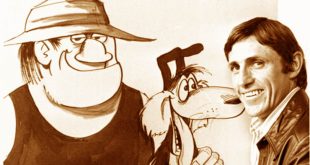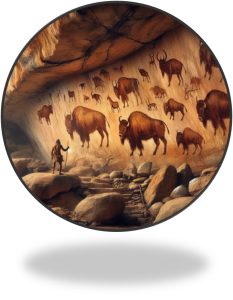 Drawing, writing and storytelling
Drawing, writing and storytelling
In Greek mythology, the Muses were nine goddesses who presided over different art forms. Some have suggested that the ninth muse could be photography, cinema or television. Why not comics – which combines elements of drawing, writing and storytelling to create a unique art form – defined by some art critics as the ninth art? Frescoes are painted on walls or ceilings and have been used as an art form since ancient times. Among the oldest in Europe, fragments of ancient frescoes that decorated the church between the 9th and 10th centuries were discovered in the Basilica of Torcello, Venice. The Chauvet Cave, however, discovered in 1994 in France, faithfully replicates the cave of the same name with hundreds of painted animals. Other examples of famous frescoes in Europe include those in the Cave of Altamira in Spain https://www.spain.info/en/places-of-interest/caves-altamira/, which depict wild mammals and human hands and date back to Upper Paleolithic. The designs, which date back approximately 14,000 years and represent bison, deer, wild boar and horses, are made with a natural red ocher dye outlined in black. To ensure their conservation, the paintings have been reproduced in the Altamira Museum, thus offering you the possibility of observing those polychrome bison’s without damaging the originals.
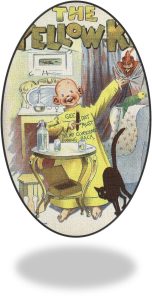 Already in prehistoric graffiti, on Trajan’s column and in
Already in prehistoric graffiti, on Trajan’s column and in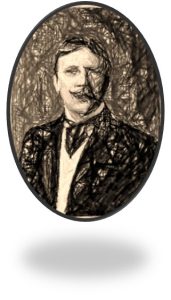 Renaissance frescoes, in mosaics and stained-glass windows, the narration through images aimed at those who could not read was devoid of text. Even in medieval art the narration of stories took place through a sequence of drawings. Its modern debut dates back to the character of the Yellow Kid https://meetingbenches.com/2020/07/the-key-pioneer-of-the-modern-comic-strip-richard-felton-outcault-american-cartoonist-the-creator-of-the-yellow-kid-and-buster-brown/, created by Richard Felton Outcault and published in New York starting in 1895. As we know it today, certainly, the modern comic was generated in the 20th century. Superman, for example, the first superhero to appear in a comic book, appeared in 1938. For the creation of alternative and independent comics, we didn’t have to wait long; already in the 1960s the underground movement disrupted the narrative horizon of this art form. Thanks to the release of graphic novels such as Watchmen and Maus, comics gained greater popularity in the 1980s. And here we are at the comics of today, the one with genres and artistic styles diversified according to age groups of readers, widespread and appreciated on a global level.
Renaissance frescoes, in mosaics and stained-glass windows, the narration through images aimed at those who could not read was devoid of text. Even in medieval art the narration of stories took place through a sequence of drawings. Its modern debut dates back to the character of the Yellow Kid https://meetingbenches.com/2020/07/the-key-pioneer-of-the-modern-comic-strip-richard-felton-outcault-american-cartoonist-the-creator-of-the-yellow-kid-and-buster-brown/, created by Richard Felton Outcault and published in New York starting in 1895. As we know it today, certainly, the modern comic was generated in the 20th century. Superman, for example, the first superhero to appear in a comic book, appeared in 1938. For the creation of alternative and independent comics, we didn’t have to wait long; already in the 1960s the underground movement disrupted the narrative horizon of this art form. Thanks to the release of graphic novels such as Watchmen and Maus, comics gained greater popularity in the 1980s. And here we are at the comics of today, the one with genres and artistic styles diversified according to age groups of readers, widespread and appreciated on a global level.
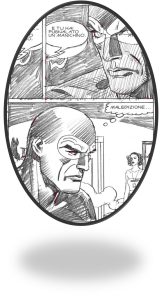
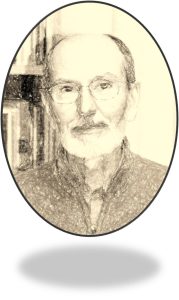 One of the most appreciated Italian cartoonists, the Turin-born Sergio Zaniboni https://meetingbenches.com/2020/09/an-artistic-career-with-few-equal-sergio-zaniboni-gentleman-of-the-comics/, considered the gentleman of comics, he began his career as a cartoonist in 1967. After having drawn The Betrothed for the Sansoni publishing house, he began collaborating with Horror magazine, ultimately creating over 300 Diabolik adventures. From his native Pratola Peligna to the Paris of Le Canard enchaîné, the Italian illustrator, cartoonist and animator Pino Zac https://meetingbenches.com/2020/07/between-clergymens-corruption-and-sexual-repression-pino-zac-an -italian-illustrator-cartoonist-and-animator/, has realized the fruits of his expressive vein by gravitating around the themes of corruption of the clergy and sexual repression. True coldness is offensive at the bottom of my heart, Andrea Pazienza wrote about himself https://meetingbenches.com/2016/11/real-coldness-bottom-offensive-heart-andrea-pazienza-apulian-lived-bologna-new-york/, the Apulian who lived between Bologna and New York. Already at the age of six, the boy who would become famous was obsessed with the figure of Caravaggio. He was a careful student, but only for the topics that truly interested him. His fame came in the late 1970s, when he began to publish in some magazines, little and reluctantly.
One of the most appreciated Italian cartoonists, the Turin-born Sergio Zaniboni https://meetingbenches.com/2020/09/an-artistic-career-with-few-equal-sergio-zaniboni-gentleman-of-the-comics/, considered the gentleman of comics, he began his career as a cartoonist in 1967. After having drawn The Betrothed for the Sansoni publishing house, he began collaborating with Horror magazine, ultimately creating over 300 Diabolik adventures. From his native Pratola Peligna to the Paris of Le Canard enchaîné, the Italian illustrator, cartoonist and animator Pino Zac https://meetingbenches.com/2020/07/between-clergymens-corruption-and-sexual-repression-pino-zac-an -italian-illustrator-cartoonist-and-animator/, has realized the fruits of his expressive vein by gravitating around the themes of corruption of the clergy and sexual repression. True coldness is offensive at the bottom of my heart, Andrea Pazienza wrote about himself https://meetingbenches.com/2016/11/real-coldness-bottom-offensive-heart-andrea-pazienza-apulian-lived-bologna-new-york/, the Apulian who lived between Bologna and New York. Already at the age of six, the boy who would become famous was obsessed with the figure of Caravaggio. He was a careful student, but only for the topics that truly interested him. His fame came in the late 1970s, when he began to publish in some magazines, little and reluctantly.
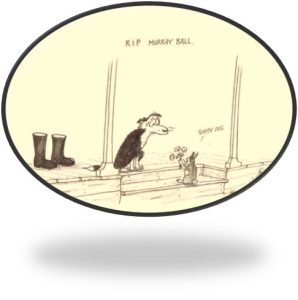 With millions of copies of books sold in
With millions of copies of books sold in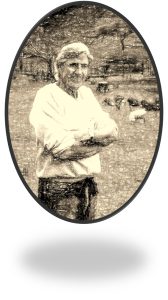 Australasia, his strip Footrot Flats achieved enormous popularity in the mid-1980s. Murray Ball https://meetingbenches.com/2022/06/the-importance-of-editorial-feedback-murray-ball-the-cartoonist-who-delighted-and-offended-his-readers/, the cartoonist who delighted and offended his readers, he wrote an illustrated novel whose verses are a parody of a 1996 ballad, The Ballad of Footrot Flats. Australians still remember him as a funny and generous man, as well as deadly serious about issues of inequality. Rand Holmes https://meetingbenches.com/2022/04/the-cartoonist-who-spoke-little-and-write-a-lot-rand-holmes-and-the-island-of-lasqueti-between-comics-and-oil-painting/, the kind Canadian cartoonist who spoke little and wrote a lot, had been painting and drawing since adolescence. Growing up, regarding what he concretized artistically, he left an indelible mark by creating Harold Hedd‘s comic strip. What remains of him? He envisions a mural full of Georgia Straight covers, pornographic cartoons for Vancouver Star, Slow Death Funnies comics, Grateful Dead Comix and many others. In 1919, the Bauhaus art movement became an indispensable place of mind for the development of ideas regarding the unification of art and design. That period established the careers of many innovative artists in the pictorial arts, including that of Antonia Yeoman https://meetingbenches.com/2020/09/a-pen-name-before-ww2-antonia-yeoman-a-major-cartoonist- and-punch-contributor-for-many-years/, one of the major cartoonists who helped create Punch‘s lasting fame.
Australasia, his strip Footrot Flats achieved enormous popularity in the mid-1980s. Murray Ball https://meetingbenches.com/2022/06/the-importance-of-editorial-feedback-murray-ball-the-cartoonist-who-delighted-and-offended-his-readers/, the cartoonist who delighted and offended his readers, he wrote an illustrated novel whose verses are a parody of a 1996 ballad, The Ballad of Footrot Flats. Australians still remember him as a funny and generous man, as well as deadly serious about issues of inequality. Rand Holmes https://meetingbenches.com/2022/04/the-cartoonist-who-spoke-little-and-write-a-lot-rand-holmes-and-the-island-of-lasqueti-between-comics-and-oil-painting/, the kind Canadian cartoonist who spoke little and wrote a lot, had been painting and drawing since adolescence. Growing up, regarding what he concretized artistically, he left an indelible mark by creating Harold Hedd‘s comic strip. What remains of him? He envisions a mural full of Georgia Straight covers, pornographic cartoons for Vancouver Star, Slow Death Funnies comics, Grateful Dead Comix and many others. In 1919, the Bauhaus art movement became an indispensable place of mind for the development of ideas regarding the unification of art and design. That period established the careers of many innovative artists in the pictorial arts, including that of Antonia Yeoman https://meetingbenches.com/2020/09/a-pen-name-before-ww2-antonia-yeoman-a-major-cartoonist- and-punch-contributor-for-many-years/, one of the major cartoonists who helped create Punch‘s lasting fame.
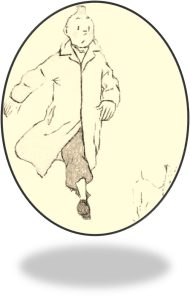
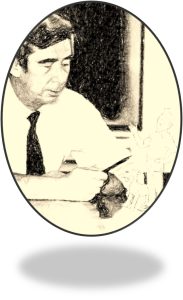 For her illustrated stories, it is no coincidence that Claire Bretécher https://meetingbenches.com/2022/04/when-comics-become-sociology-claire-bretecher-a-cartoonist-on-tv-at-the-dawn -of-the-millennium/ has become a point of reference for comics, the ninth art. You created satirical strips describing the eccentricities of French society. Her Agrippina her, a grumpy teenager with boots on her feet and short hair, was born graphically in the late 1980s. As a comic book author, behind that character she treated sexuality with biting humor. The cartoon version of the Belgian personification has a name: Hergé https://meetingbenches.com/2020/07/the-cartoon-version-of-belgium-personification-herge-belgian-cartoonist-father-of-the-adventures-of-tintin/, the brilliant cartoonist who introduced innovative drawing and storytelling techniques, such as the use of clear and precise lines and the use of full-page cartoons. Georges Prosper Remi drew The Adventures of Tintin, a comic series published in 1929 and which had enormous success all over the world. That young reporter travels around the world with his faithful dog Milù, solving mysteries and foiling plots.
For her illustrated stories, it is no coincidence that Claire Bretécher https://meetingbenches.com/2022/04/when-comics-become-sociology-claire-bretecher-a-cartoonist-on-tv-at-the-dawn -of-the-millennium/ has become a point of reference for comics, the ninth art. You created satirical strips describing the eccentricities of French society. Her Agrippina her, a grumpy teenager with boots on her feet and short hair, was born graphically in the late 1980s. As a comic book author, behind that character she treated sexuality with biting humor. The cartoon version of the Belgian personification has a name: Hergé https://meetingbenches.com/2020/07/the-cartoon-version-of-belgium-personification-herge-belgian-cartoonist-father-of-the-adventures-of-tintin/, the brilliant cartoonist who introduced innovative drawing and storytelling techniques, such as the use of clear and precise lines and the use of full-page cartoons. Georges Prosper Remi drew The Adventures of Tintin, a comic series published in 1929 and which had enormous success all over the world. That young reporter travels around the world with his faithful dog Milù, solving mysteries and foiling plots.
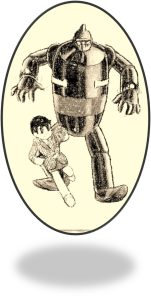
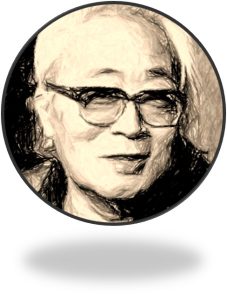 Japanese manga artist Mitsuteru Yokoyama https://meetingbenches.com/2022/08/the-boy-who-loved-reading-classics-and-comics-mitsuteru-yokoyama-a-japanese-manga-artist/, who as a boy, he loved reading both classic books and comics alike. Having moved to Tokyo, he decided to become a professional mangaka. Using his old film knowledge, he produced comics and anime, such as Kagemaru of Iga and Sally the Witch. With his Records of Three Kingdoms, he began drawing comics based on stories from China and Japan. As a background artist and character designer for Filmation Studios, he returned to television series in the field of animation. Among the pioneers of Philippine comics illustration, Fred Carrillo https://meetingbenches.com/2022/03/cartoon-s-filipino-wave-fred-carrillo-among-pioneers-of-philippine-komiks-illustration/ created Daluyong, illustrated Hercules, Misteryso and Kayumanging Krisantemo. In the 1980s he illustrated Dick Tracy for Walt Disney Studios. A graphic story represents for her the opportunity to realize her dreams which draw nourishment from imagination and nature. Indian cartoonist Kaveri Gopalakrishnan https://meetingbenches.com/2021/12/indian-graphical-tellers-kaveri-gopalakrishnan-an-independent-comics-maker-and-illustrator/, has created books that leave an indelible mark on the future of India. From the invisible to the visible, this Indian illustrator graphically employs her storytelling skills. As she grew up, her intellectual curiosity pushed her to better herself with Pratham Books, Instagram and Facebook, among other things.
Japanese manga artist Mitsuteru Yokoyama https://meetingbenches.com/2022/08/the-boy-who-loved-reading-classics-and-comics-mitsuteru-yokoyama-a-japanese-manga-artist/, who as a boy, he loved reading both classic books and comics alike. Having moved to Tokyo, he decided to become a professional mangaka. Using his old film knowledge, he produced comics and anime, such as Kagemaru of Iga and Sally the Witch. With his Records of Three Kingdoms, he began drawing comics based on stories from China and Japan. As a background artist and character designer for Filmation Studios, he returned to television series in the field of animation. Among the pioneers of Philippine comics illustration, Fred Carrillo https://meetingbenches.com/2022/03/cartoon-s-filipino-wave-fred-carrillo-among-pioneers-of-philippine-komiks-illustration/ created Daluyong, illustrated Hercules, Misteryso and Kayumanging Krisantemo. In the 1980s he illustrated Dick Tracy for Walt Disney Studios. A graphic story represents for her the opportunity to realize her dreams which draw nourishment from imagination and nature. Indian cartoonist Kaveri Gopalakrishnan https://meetingbenches.com/2021/12/indian-graphical-tellers-kaveri-gopalakrishnan-an-independent-comics-maker-and-illustrator/, has created books that leave an indelible mark on the future of India. From the invisible to the visible, this Indian illustrator graphically employs her storytelling skills. As she grew up, her intellectual curiosity pushed her to better herself with Pratham Books, Instagram and Facebook, among other things.
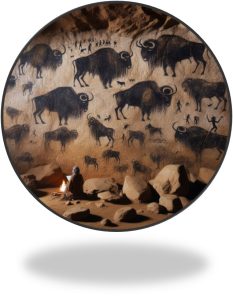 To complete our excursion into the fantastic panorama offered by the ninth art, remember that there are many comics museums all over the world. One of the most interesting is the International and interactive Comics Museum in Conegliano https://paff.it/, in Italy, which houses original drawings and sketches by the most famous cartoonists in the world, including Barks, Caniff, Cavazzano, Eisner, Jacovitti, Magnus, Andrea Pazienza, Hugo Pratt, Milo Manara, Schulz, Spiegelman. Other comics museums include the Cartoon Art Museum in San Francisco and the Museum of Comic and Cartoon Art in New York City. In Japan, however, the Kyoto International Manga Museum and the Ghibli Museum are dedicated to manga. We hope this information has been useful to you. The sole purpose of this site is to spread awareness of these creative people, allowing others to appreciate their works. If you want to learn more about the topic, don’t hesitate to type https://meetingbenches.com/category/cartoonists/.
To complete our excursion into the fantastic panorama offered by the ninth art, remember that there are many comics museums all over the world. One of the most interesting is the International and interactive Comics Museum in Conegliano https://paff.it/, in Italy, which houses original drawings and sketches by the most famous cartoonists in the world, including Barks, Caniff, Cavazzano, Eisner, Jacovitti, Magnus, Andrea Pazienza, Hugo Pratt, Milo Manara, Schulz, Spiegelman. Other comics museums include the Cartoon Art Museum in San Francisco and the Museum of Comic and Cartoon Art in New York City. In Japan, however, the Kyoto International Manga Museum and the Ghibli Museum are dedicated to manga. We hope this information has been useful to you. The sole purpose of this site is to spread awareness of these creative people, allowing others to appreciate their works. If you want to learn more about the topic, don’t hesitate to type https://meetingbenches.com/category/cartoonists/.
 Meeting Benches World art in all forms
Meeting Benches World art in all forms
